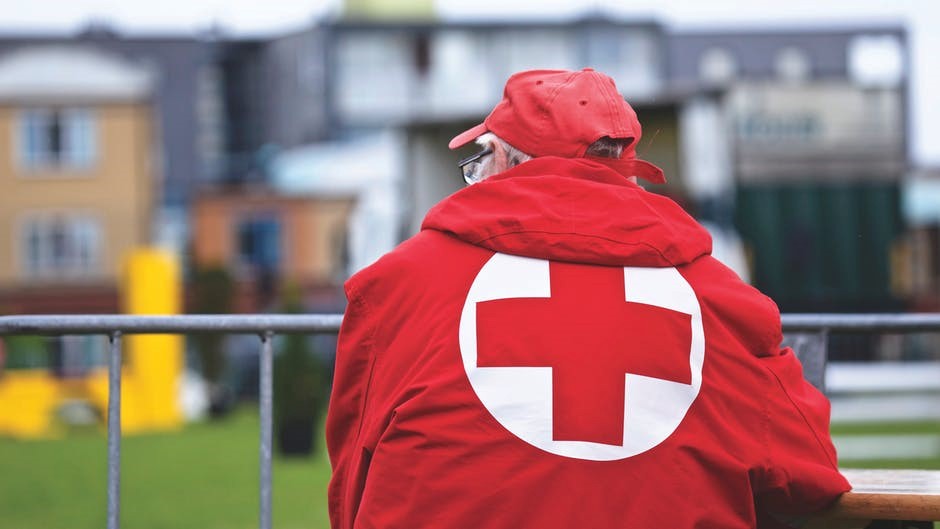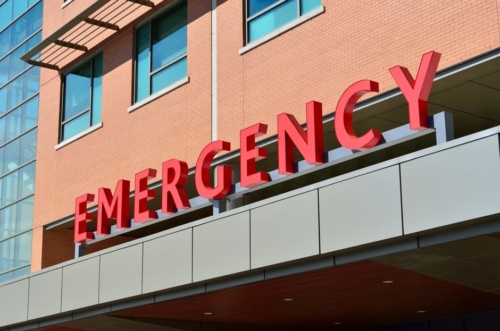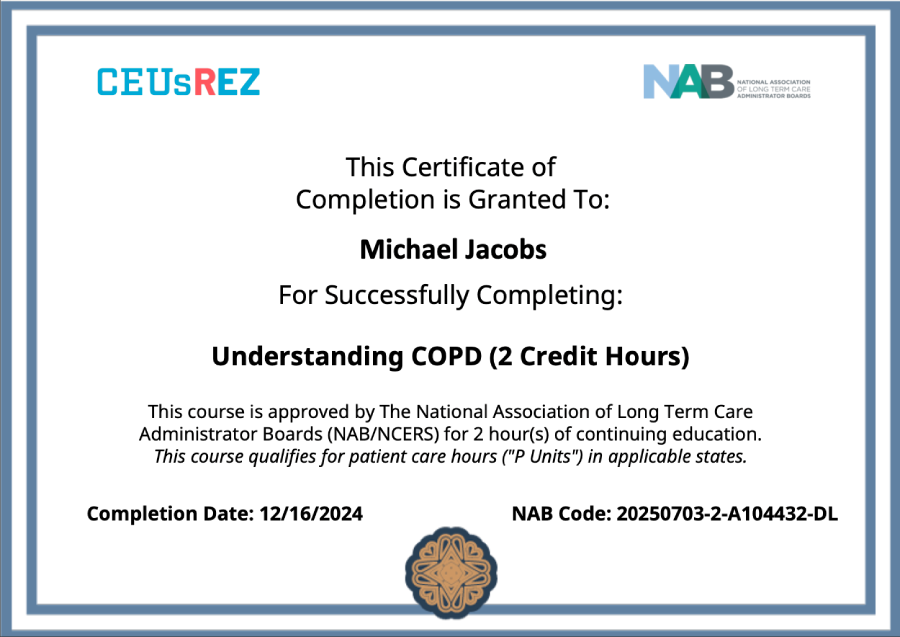A fall can be defined as “unintentionally coming to rest on the ground or other lower level with or without consciousness.” Age-related changes and disease have an impact on an older person’s ability to maintain balance. Falls in the elderly population remain an increasing and ongoing problem. Cognitive impairment, various medications and changes in a person’s environment all appear to contribute to increased risk of falls. Falls in the older population are public health and community problems with adverse physical, medical, psychological, social and economic consequences. Some of the consequences are disability and deformity, curtailment of routine social activities, fear of repeated falls, cost of medical care associated with injuries and loss of income.
Fall Prevention in LTC (2.75 Credit Hours)
Total Price$42.00
Description
A fall can be defined as “unintentionally coming to rest on the ground or other lower level with or without consciousness.” Age-related changes and disease have an impact on an older person’s ability to maintain balance. Falls in the elderly population remain an increasing and ongoing problem. Cognitive impairment, various medications and changes in a person’s environment all appear to contribute to increased risk of falls. Falls in the older population are public health and community problems with adverse physical, medical, psychological, social and economic consequences. Some of the consequences are disability and deformity, curtailment of routine social activities, fear of repeated falls, cost of medical care associated with injuries and loss of income.
**The credits provided by this course qualify as patient care credits (“P Units”) in applicable states.**






